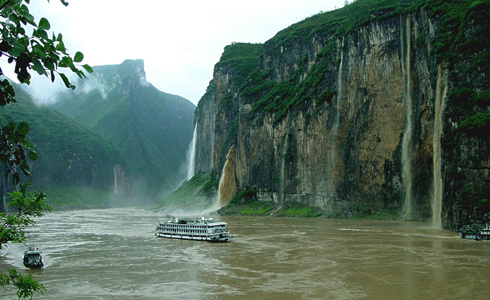Museum of the Terra-cotta Warriors and Horses of Qin Shi Huang【 2010-05-18 】
The Museum of the Terracotta Army was opened to the public in 1979. It is the world-famous museum that is constructed on the site of its findings. The main exhibits of the Museum of the Terracotta Army are three exposed pits with clay warriors, more than 10,000 bronze weapons have been found in the pits. The museum is like a treasure house of Qin Dynasty’s military affairs, science and technology, art and culture.
China National Film Museum【 2010-05-18 】
CHINA NATIONAL FILM MUSEUM (CNFM) is to date the world’s largest professional museum. Founded in 2005 in celebration of 100 years of Chinese cinema, CNFM is designed to showcase the history of Chinese cinema, to host film technology expos, and many academic exchanges and research in order to advance cinema culture both in China and worldwide.
China National Tea Museum【 2010-05-18 】
China National Tea Museum is the only national museum specialized in tea and tea culture in China. Located in 88#, Longjing Road, Hangzhou, Zhejiang Province, the museum was officially opened in April 1991, covering an area of 4.7Ha with a floor space of 8000 square meters. It is a modern museum for cultural shows, popular science promotion, talent training, research, academic exchange, tea drinking, catering, conference, recreation and other services.
China Maritime Museum【 2010-05-18 】
As the first national maritime museum approved by the State Council of PRC, China Maritime Museum officially opened to the public on July 11th, 2009.This Museum is located at the mainland end of the Donghai Bridge and downtown Lingang New City, in Nanhui District, Shanghai, neighboring the Nanhui central area and university campuses.
China Three Gorges Museum【 2010-05-18 】
China Three Gorges Museum is situated at the west part of the People’s Square of Chongqing. Occupying the area of 30,000 square meters, the museum was completed and opened to the public on Jun 18, 2005 with the construction area of 42,500square meters. It was the first large museum with the title of “China” named by the State Council Office of the People’s Republic of China beyond Beijing.


